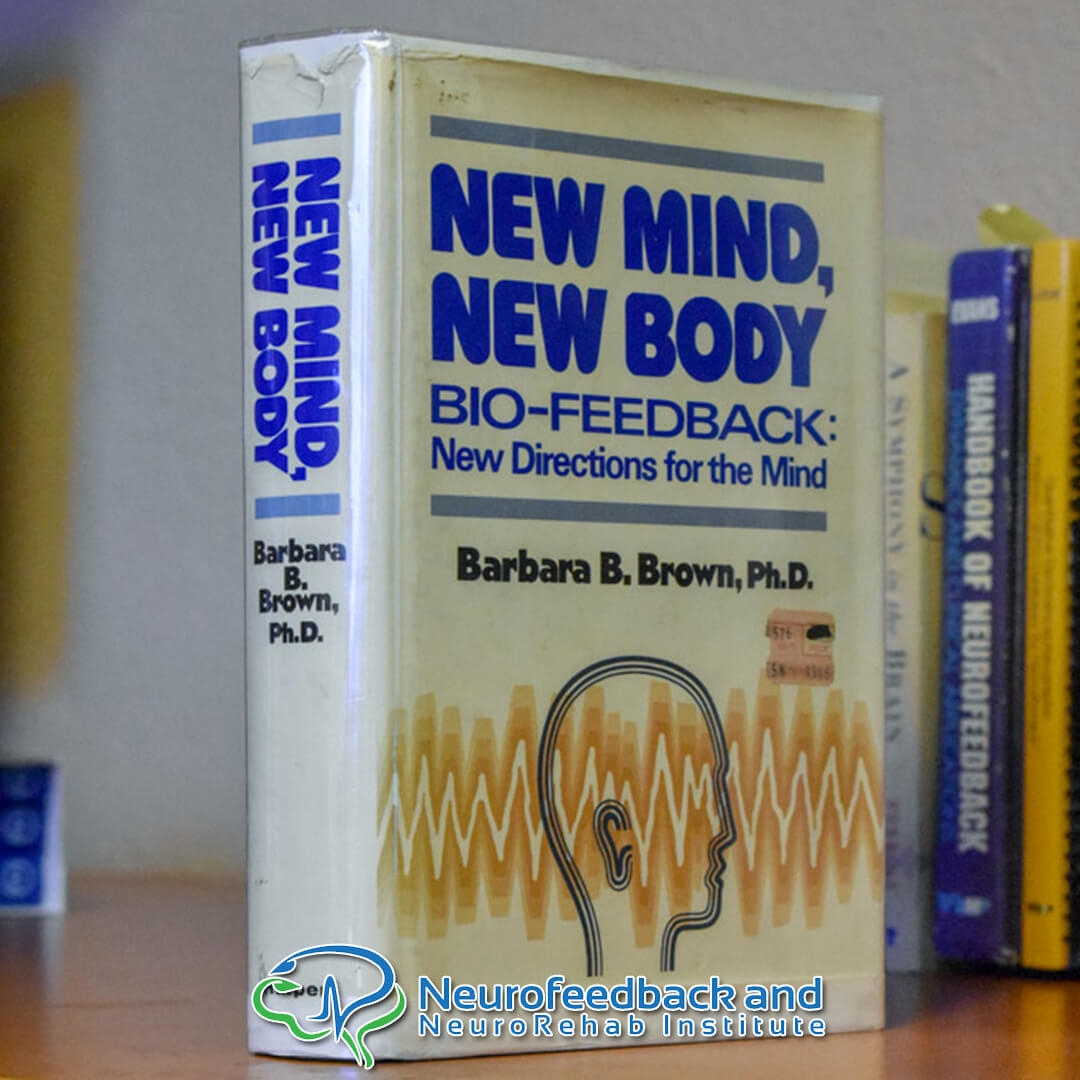

Brain-computer interfaces (BCIs) have the potential to revolutionize medical applications in various ways. One potential application is in the field of neuroprosthetics, where BCIs can be used to control prosthetic limbs or assistive devices directly from the brain. This can greatly improve the quality of life for individuals with limb loss or paralysis. BCIs can also be used for deep brain stimulation, a technique used to treat neurological disorders such as Parkinson's disease. By directly stimulating specific areas of the brain, BCIs can help alleviate symptoms and improve motor function. Additionally, BCIs can be used for neurofeedback therapy, where individuals can learn to regulate their brain activity to treat conditions such as ADHD or anxiety disorders.
Brain-computer interfaces offer a promising solution for individuals with severe disabilities who have limited or no ability to communicate. By using BCIs, these individuals can regain the ability to express their thoughts and desires. BCIs can enable communication through various means, such as typing on a computer screen or using a speech synthesizer. This can significantly improve the quality of life for individuals with conditions such as locked-in syndrome or amyotrophic lateral sclerosis (ALS). BCIs can also be used to control external devices, such as wheelchairs or environmental control systems, allowing individuals to regain independence and control over their environment.
The use of brain-computer interfaces raises important ethical considerations. One concern is the privacy and security of the data collected by BCIs. As BCIs directly interface with the brain, they can potentially access sensitive information about an individual's thoughts and emotions. Safeguarding this data and ensuring its confidentiality is crucial.


While brain-computer interfaces have shown promise in enhancing motor function and communication, their potential for enhancing cognitive abilities or memory is still an area of active research. Some studies have explored the use of BCIs for memory enhancement, such as improving working memory or facilitating memory recall. However, the results have been mixed, and more research is needed to fully understand the capabilities and limitations of BCIs in this area. It is important to approach the enhancement of cognitive abilities and memory with caution, considering the ethical implications and potential risks involved.
Brainwave SynchronizationBrain-computer interfaces are being used in the field of virtual reality (VR) to create more immersive and interactive experiences. By directly interfacing with the brain, BCIs can provide real-time feedback and control in virtual environments. This can enhance the sense of presence and immersion in VR, allowing users to interact with virtual objects or environments using their thoughts. BCIs can also be used to monitor and adapt the VR experience based on the user's cognitive and emotional states, creating personalized and engaging virtual experiences.

Developing brain-computer interfaces for consumer applications presents several challenges. One challenge is the need for accurate and reliable signal detection and interpretation. Resonance Frequency Biofeedback BCIs rely on detecting and decoding neural signals, which can be complex and noisy. Ensuring the accuracy and reliability of these signals is crucial for the effective functioning of BCIs. Another challenge is the need for user-friendly and non-invasive BCI devices. Current BCI technologies often require invasive procedures or complex setups, limiting their accessibility and usability. Developing non-invasive and user-friendly BCI devices that can be easily integrated into everyday life is a key focus of research and development in this field.
Brain-computer interfaces have great potential in the field of neurorehabilitation. They can be used to facilitate motor recovery and rehabilitation in individuals with neurological injuries or disorders. BCIs can enable individuals to control robotic exoskeletons or assistive devices directly from their brain, promoting neuroplasticity and relearning of motor skills. BCIs can also be used for neurofeedback therapy, where individuals can learn to modulate their brain activity to improve motor function or reduce symptoms.

Neurofeedback practitioner techniques are highly adaptable to meet the individual cognitive needs of clients. These techniques involve the use of advanced technology to monitor and provide feedback on brainwave activity. By analyzing the unique patterns and frequencies of brainwaves, neurofeedback practitioners can identify areas of cognitive functioning that may need improvement. They then tailor the training protocols to target these specific areas, using a variety of exercises and activities designed to stimulate and strengthen the corresponding neural networks. Additionally, neurofeedback practitioners may incorporate cognitive training exercises, such as memory or attention tasks, to further enhance cognitive functioning. This personalized approach allows for the customization of neurofeedback training to address the specific cognitive needs of each individual client.
Yes, beta wave neurofeedback can be targeted for anxiety reduction. Beta waves are associated with alertness and concentration, and by training individuals to increase their beta wave activity, it can help reduce anxiety symptoms. Neurofeedback is a form of biofeedback that uses real-time displays of brain activity to teach self-regulation of brain function. By providing feedback on beta wave activity and guiding individuals to increase their beta wave production, neurofeedback can help individuals learn to better regulate their anxiety levels. This can lead to a reduction in anxiety symptoms and an overall improvement in well-being.
ERP (Event-Related Potentials) are a valuable tool in brainwave training as they provide insights into the brain's electrical activity in response to specific events or stimuli. In the context of brainwave training, ERP is incorporated by using electroencephalography (EEG) to record the brain's electrical activity while individuals engage in specific tasks or activities. This allows researchers and practitioners to identify and analyze the ERP components that are associated with different cognitive processes, such as attention, memory, and perception. By understanding the ERP patterns and their relationship to specific cognitive functions, brainwave training programs can be designed to target and enhance these functions through neurofeedback or other techniques. This integration of ERP into brainwave training enables a more precise and personalized approach to optimizing brain function and cognitive performance.
Neurofeedback assessments are utilized to customize brainwave training protocols by analyzing and interpreting an individual's brainwave patterns. These assessments involve the use of specialized equipment to measure and record brainwave activity, such as electroencephalography (EEG). The collected data is then analyzed to identify any irregularities or imbalances in the brainwave patterns. This information is crucial in tailoring the training protocols as it provides insights into the specific areas of the brain that may require attention and improvement. By understanding the unique brainwave patterns of an individual, neurofeedback practitioners can design targeted protocols that aim to optimize brain function and address specific concerns or conditions. This personalized approach ensures that the training protocols are tailored to the individual's specific needs, maximizing the effectiveness of the neurofeedback therapy.
Biofeedback applications play a crucial role in enhancing overall cognitive training outcomes. By providing real-time information about physiological processes, such as heart rate, skin conductance, and brainwave activity, biofeedback allows individuals to gain awareness and control over their bodily responses. This heightened self-awareness enables individuals to regulate their cognitive and emotional states more effectively, leading to improved attention, focus, and stress management. Moreover, biofeedback applications often incorporate gamification elements, which further engage and motivate users in their cognitive training journey. The combination of biofeedback and cognitive training creates a synergistic effect, as individuals can monitor and adjust their physiological responses while engaging in specific cognitive tasks, ultimately leading to enhanced cognitive performance and overall well-being.